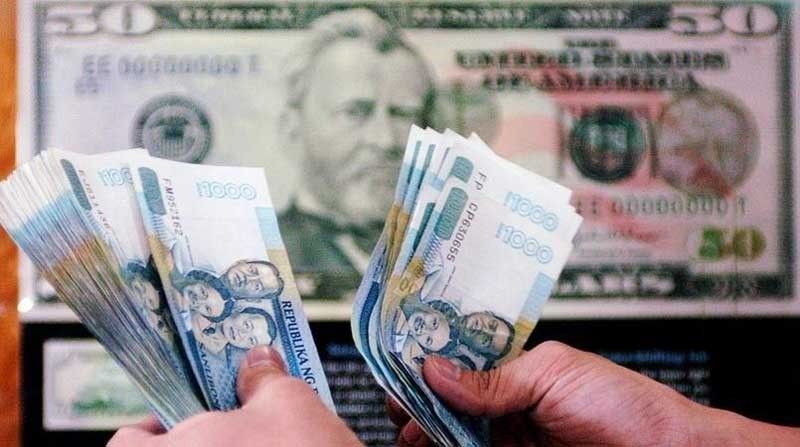Government debt seen to hit P8.77 T next year

MANILA, Philippines — The national government’s debt pile is estimated to reach P8.77 trillion by the end of next year as the government continues to pursue an aggressive spending strategy for infrastructure and social programs, according to the Department of Budget and Management (DBM).
Based on the DBM’s latest Budget of Expenditures and Sources of Financing (BESF) document, the national government’s outstanding debt is projected to grow to P7.85 trillion by the end of 2019, and continue to increase to P8.77 trillion by the end of 2020.
The DBM said the bulk or P5.77 trillion of the total debt stock by end-2020 is expected to come from domestic borrowings, while the remaining P2.995 trillion is to be sourced from external creditors.
The national government borrows from both local and foreign creditors to plug its fiscal deficit, which is capped at 3.2 percent of gross domestic product (GDP) from 2019 to 2022.
Despite the increase in the debt stock, Finance Undersecretary and chief economist Gil Beltran said the government would remain prudent in its borrowing plans going forward.
For one, he said the government borrows money to fund projects that have a rate of return higher than the borrowing cost.
“The rate of return on the projects that we are financing is 30 percent. If you invest one peso, the next year it will be P1.3. Now, the interest rate on (government) borrowings, what’s the highest rate? 4.8 percent. So if you look at the difference between 30 percent and 4.8 percent, that’s your gain,” Beltran said.
He said the government’s debt-to-GDP ratio is also expected to remain manageable even with a 3.2 percent deficit ceiling in the next three years.
“No worries about the debt because we are very careful. Even with 3.2 percent deficit to 2022, the debt-to-GDP ratio will still be 39 percent (by 2022),” he said.
Debt-to-GDP ratio is an indicator used by debt watchers and credit rating agencies to assess a country’s debt sustainability. A lower ratio indicates the government is generating more resources than debt, giving it more payment capacity.
Earlier, National Treasurer Rosalia De Leon said the share of the government’s debt to GDP is expected to remain steady at 41.4 percent by the end of 2019 and 2020.
De Leon said the government’s borrowing program for next year is set at P1.4 trillion, higher than the P1.19 trillion target for this year.
As of end-July this year, the national government’s outstanding debt stood at P7.8 trillion, 0.8 percent lower than the P7.87 trillion posted in the previous month, according to data from the Bureau of the Treasury (BTr).
Of the total debt stock, the bulk or 67.3 percent or P5.25 trillion was borrowed domestically, 0.8 percent lower compared to the end-June 2019 level of P5.29 trillion.
- Latest
- Trending




























